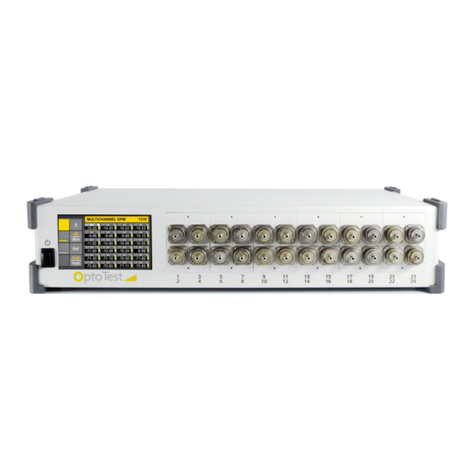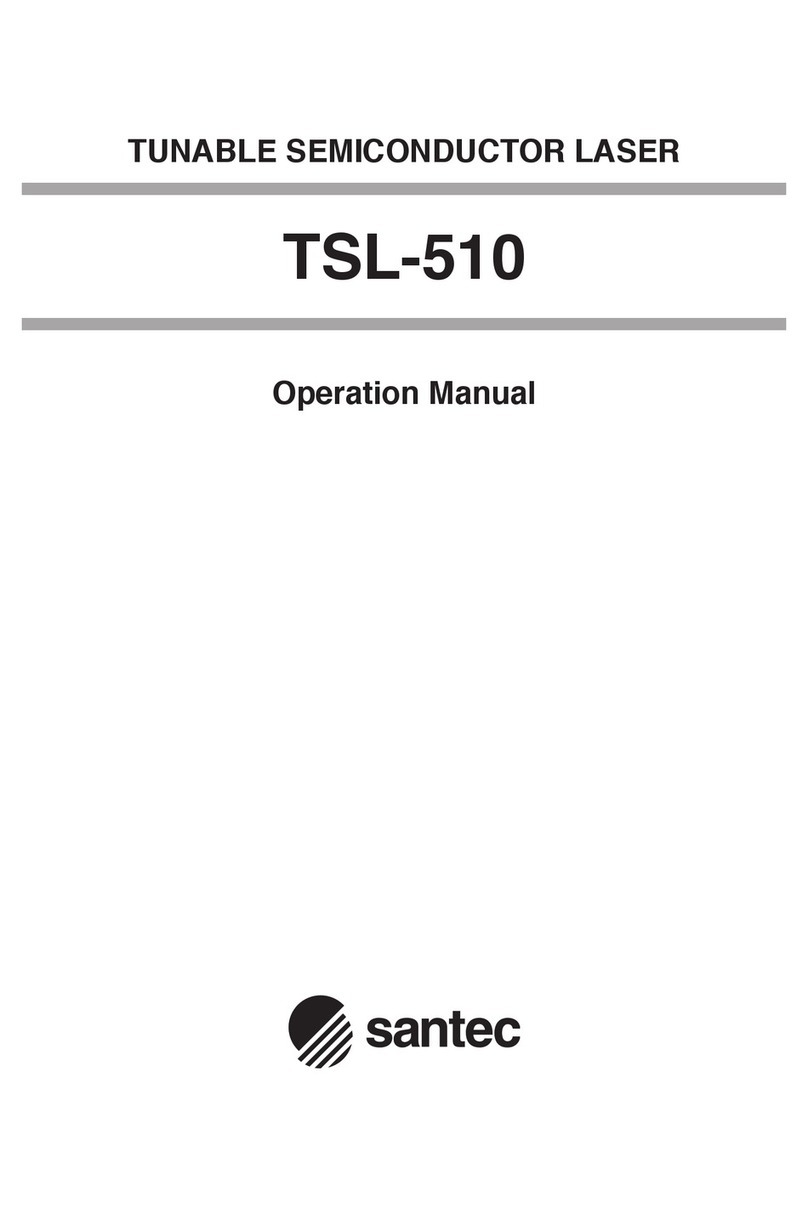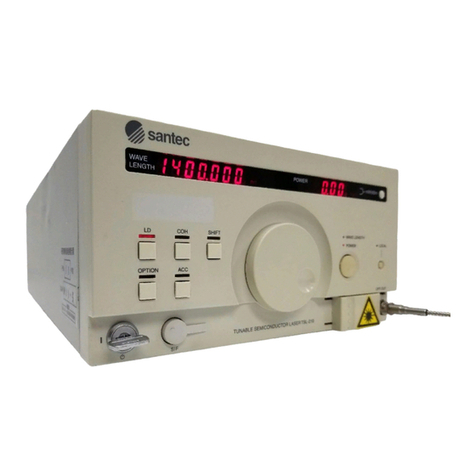
MULTI-PORT OPTICAL POWER METER MPM-210H
7/ 59
5.3. RS-232 Communication................................................24
5.3.1 RS-232 Communication Set up ......................................24
5.3.2 RS-232 Connection ......................................................25
5.4. Commands Form.........................................................25
5.5. Commands.................................................................26
5.5.1. Commands list ............................................................26
5.5.2. Command compatible with the previous MPM-210 model...27
5.5.3. System-related commands............................................27
5.5.4. Measurement-related commands ...................................30
5.5.5 ERR?..........................................................................42
5.5.6 A method for wavelength compensation..........................44
5.5.7 Measurement range (LEV/LEV?/DLEV/DLEV?) ..................45
5.6. Logging mode.............................................................46
5.6.1. Measurement mode (WMOD) ........................................46
5.6.2. Fast Gain Switching Average Time..................................46
5.6.3. Measurement data point setting (LOGN) .........................47
5.6.4. LOGG? .......................................................................47
5.6.5. “FREERUN” measurement mode (CEM Mode) ..................50
5.6.6. Sample code for FREERUN Command.............................50
5.6.7. Sample code for SME mode measurement.......................51
6. Trigger Input/Output....................52
6.1. Trigger Input...............................................................52
6.2. Trigger Output ............................................................52
7. Analog Output (MPM-212).............53
8. Specifications................................54
8.1. Specifications..............................................................54
8.2. Regulations conformity.................................................55
9. Maintenance .................................56
9.1 Daily Maintenance .......................................................56
9.2 Cleaning the Optical Power Sensor .................................56
9.3 Replacing Fuses...........................................................56







































